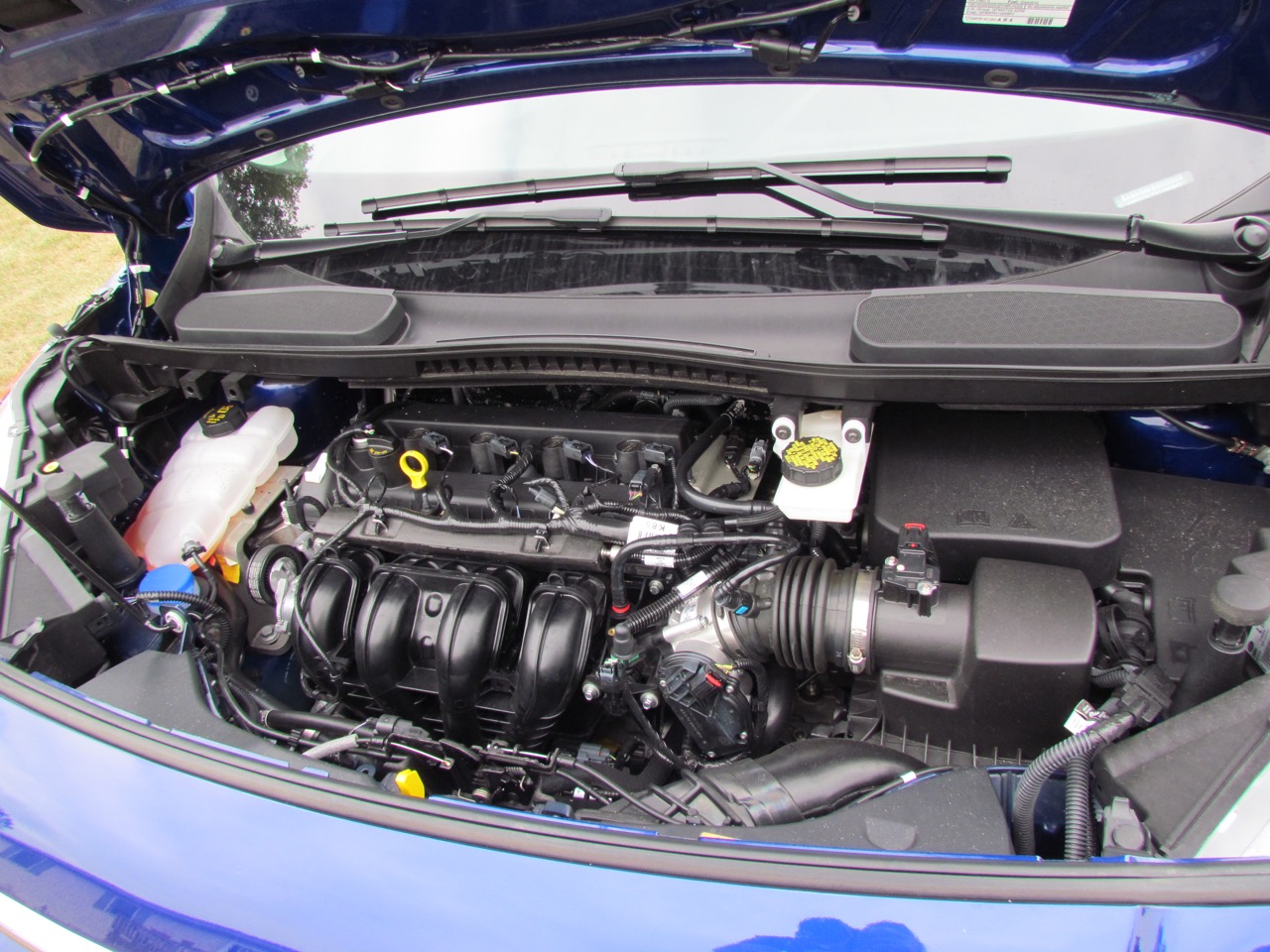
I’ve been fascinated by the Ford Transit Connect ever since I did a short drive in the initial Turkish-built version that first arrived in the United States several years ago. More compact commercial vehicle than minivan, the tall and roomy trucklet seemed a more versatile and practical alternative to the typical grocery getter while also providing a great canvas for the delivery needs of the small business owner or contractor.
I liked the Transit Connect so much that last year I inquired of Ford if one equipped with seats and windows instead of delivery racks and windowless side panels might be available for my annual summertime trip, with a daughter or two and assorted grandchildren, to Florida to visit my mother.

Ford’s media test fleet didn’t have the vehicle I wanted last year, but it did this year and I’m just back from a 3,500-mile drive from the middle of Michigan to the Gulf Coast of Florida and back, often with all six seats occupied but, on the trip north, with the seats folded down and the van jam packed with everything from a recliner chair to an inflated beach ball and three sets of golf clubs and child’s booster seat, sans child (she flew home).
Since my initial drive in a Transit Connect, Ford has redone the vehicle, which now comes in long- and short-wheelbase versions and with low-, medium- or high-roof architectures, set up for cargo or people, and with normally aspirated or turbocharged four-cylinder engines or gasoline or diesel-fueled V6s.
Even the low-roof version provides more headroom and other interior room than your typical minivan. But what I really appreciate is that Ford doesn’t just provide that headroom, it makes excellent use of it with a shelf extending the full width of the windshield header. Where other car companies simply put a sunroof button and sunglasses holder (they’re there in the Transit Connect, too), Ford provides a very wide and handy storage area where I kept my road atlas and my iPad, and where my grandson stowed his stuff as he rode shotgun on the drive south.
Yes, I’m old-fashioned, while the Transit Connect has a built-in GPS navigation system, I still like to have the visual perspective provided by a paper atlas for cross-country road trips.

Speaking of cross-country, that tall roofline also means the windshield is taller, providing a big-screen view of the road and scenery ahead as you travel.
This being the Platinum edition Transit Connect Wagon, it was set up for creature comfort with leather recliner seating for six, high-mounted air-conditioning vents for those in the second row, audio with mobile device connection and CD player, carpeting throughout, etc.
Base price for such a unit, which also has automatic headlamps, exterior mirrors that automatically fold in when the vehicle is locked, and a five-star vehicle safety rating, is $29,300.
Ours arrived with all sorts of options as well. Quickclear defrosting windshield, MyFord audio, trailer towing package, rear-view camera with approaching traffic warning and blind-spot mirrors were things that I’d want on such a vehicle and were in the $300 to $500 range. Ours also had a $1,295 panoramic glass roof with a power-adjusted sunshade, which people sitting the rear four seats seemed to enjoy.
Bottom line: $35,330, still less than you’d pay for many minivans.
Empowering our vehicle was the standard 2.5-liter four-cylinder engine and Carroll Shelby is correct, you really do need only 170 horsepower, or in this case 169. Linked to a six-speed automatic transmission, the engine was plenty spunky, propelled up smartly up to interstate speeds and all the while averaged 27.6 miles per gallon.
And don’t let the commercial-van silhouette fool you. The Transit Connect Wagon’s dynamics are fine, with sure braking and lane-change dexterity when people around you on the freeway decide to suddenly cut over two lanes from the fast lane so they can make that next exit they’re about to miss.

And while tall, the Transit Connect Wagon isn’t terribly wide and is easy to maneuver into and out of parking places. It’s amazingly low load floor also making inserting and pulling out cargo easier than you’d expect. In our case, lots of cargo.
Stylish and providing both leathery luxury and all sorts of practicality, the Ford Transit Connect is, while technically a commercial vehicle, also a genuine and practically priced alternative to the minivan.
2016 Ford Transit Connect Titanium Wagon LWB
Vehicle type: 6-passenger van, front-wheel drive
Base price: $29,300 Price as tested: $35,330
Engine: 2.5-liter four-cylinder, 169-horsepower @ 6,000 rpm, 171 pound-feet of torque @ 4,500 rpm Transmission: 6-speed automatic
Wheelbase: 120.6 inches Overall length/width: 189.7 inches / 72.2 inches
Curb weight: 3,580 pounds
EPA mileage estimates: 19 city / 27 highway / 22 combined
Assembled in: Valencia, Spain









What is the height of the vehicle? Will it fit in a garage with a 7 foot door opening?